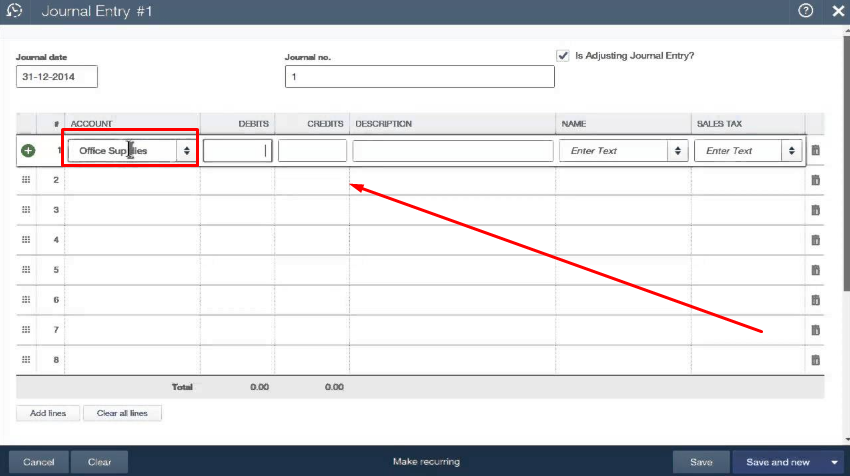Savings Accounts for Kids: Find Out the Options and How to Choose

Introducing the concept of financial responsibility to children can be a transformative journey, and utilizing savings accounts tailored for young savers is a remarkable entry point.
These specialized accounts are meticulously designed to cater to the needs and developmental stages of children, paving the way for their early financial education.
Within this comprehensive guide, we embark on an exploration of the diverse types of savings accounts customized for children and elucidating their inherent benefits.
Anúncios

What Are Savings Accounts for Kids?
Savings accounts specifically crafted for children serve as an indispensable gateway into the realm of financial prudence and responsible monetary habits.
Anúncios
These specialized accounts are meticulously structured to initiate and nurture a culture of saving from the nascent stages of a child’s development.
They are uniquely crafted with a suite of features that cater specifically to the requirements and proclivities of young savers.
Thereby presenting a secure, user-friendly, and easily accessible avenue for the accumulation and preservation of funds.
At their core, these accounts not only facilitate the act of saving money but also serve as a potent educational tool, instilling in children the values of financial discipline, goal-setting, and the intrinsic importance of fiscal responsibility.
In a world brimming with financial complexities, these savings accounts act as a practical and comprehensible starting point.
In this way, promote an understanding of the fundamental principles of saving, spending, and the accrual of interest, thus laying the groundwork for a solid financial future.
Types of Savings Accounts for Kids
Before even opening a savings account for children, it is interesting to know the options and their differences. Follow along!
Custodial Accounts
Custodial accounts, renowned under the names of Uniform Gift to Minors Act (UGMA) or Uniform Transfer to Minors Act (UTMA) accounts, represent a financial arrangement initiated and overseen by an appointed adult custodian on behalf of the child.
This form of account remains under the custodian’s management until the child attains the age of majority.
Distinguished by their versatility, custodial accounts provide an extensive array of investment opportunities encompassing stocks, bonds and mutual funds.
Like other financial instruments aimed at fostering the growth and expansion of savings across the temporal spectrum.
Joint Savings Accounts
Joint savings accounts establish a financial partnership involving both the child and an adult, often a parent or guardian, who function as co-owners of the account.
This collaborative ownership model permits shared access, allowing parents or guardians to impart financial wisdom while jointly overseeing the account with the child.
The interactive nature of these accounts lays a robust foundation for practical financial management education and reinforces the principles of cooperative ownership and fiscal responsibility.
Educational Savings Accounts
Educational savings accounts, exemplified by 529 plans, are meticulously crafted to cater to future educational expenses.
These specialized accounts offer unique tax advantages and constitute an exemplary method to allocate funds specifically earmarked for a child’s educational pursuits.
Providing a strategic financial avenue, these accounts serve as an effective tool for parents and guardians keen on securing the financial feasibility of their child’s educational journey.
Each category of savings accounts for kids serves a distinct purpose, tailored to suit different financial aspirations and goals, paving the way for a structured and tailored approach to a child’s financial future.
The Benefits of Having Savings Accounts for Kids
Introducing children to the realm of savings accounts at an early stage serves as a catalyst for cultivating an understanding of financial literacy and instilling a sense of fiscal responsibility that can significantly shape their future.
These specialized accounts act as an effective educational platform, not only imparting the rudiments of money management but also fostering an appreciation for the value of money itself.
They serve as an invaluable resource in nurturing the fundamental tenets of financial prudence, encouraging the formation of consistent saving habits, and laying the groundwork for comprehending and achieving financial objectives.
Beyond their educational role, savings accounts for kids often provide an invaluable introduction to the concept of interest.
Although the interest rates associated with these accounts tend to be more conservative compared to standard accounts, they serve as an invaluable practical tool for demonstrating the accrual of interest on savings.
This practical lesson forms the bedrock for children to comprehend the notion of growing their savings through interest, thus establishing a vital foundation for future financial decision-making and asset management.
How Do I Choose the Best Savings Accounts for My Kid?
Here are some points that you should pay attention to when making your choice:
- Interest Rates
Comparing different accounts to pinpoint the most favorable interest rates is paramount. The higher the interest, the greater the potential for the account to grow over time.
Scrutinizing the interest rates across various accounts can lead to an informed decision that benefits your child’s financial future.
- Fees and Minimum Balance Requirements
Understanding the fees attached to the account and the minimum balance necessary for its maintenance is crucial.
Ensure complete clarity on any potential fees and ascertain whether the minimum balance aligns with your child’s financial capacity.
- Accessibility
Assess the accessibility of the account concerning both deposits and withdrawals.
An account that offers ease of access for transactions and contributions can significantly enhance its practical utility.

- Educational Benefits
For educational savings accounts, delve into the specific advantages tailored for future educational expenses.
Explore tax benefits or other perks these accounts may offer, aligning them with your child’s educational aspirations.
- Management and Engaging Features
Look for accounts that are easy to manage, potentially featuring online banking options or other interactive functionalities.
Engaging your child in monitoring their savings progress through user-friendly interfaces or features can serve as an educational tool, fostering their active involvement in their financial journey.
Conclusion
Encouraging children to embrace the habit of saving from an early age lays the cornerstone for a robust and secure financial future.
The selection of the appropriate savings account serves as a pivotal instrument through which parents can impart invaluable financial acumen and open pathways for sustained fiscal growth.
These diverse types of savings accounts, each crafted with specific features and benefits, offer a spectrum of flexibility and options, allowing for a tailored choice that seamlessly aligns with a child’s individual needs and future aspirations.
This pivotal step not only inculcates a sense of fiscal responsibility but also presents a practical approach to financial education, instilling vital lessons that resonate well into the child’s adulthood.
By instigating this financial journey early on, parents pave the way for the cultivation of prudent financial habits, laying a foundation for their child’s future financial security and success.





